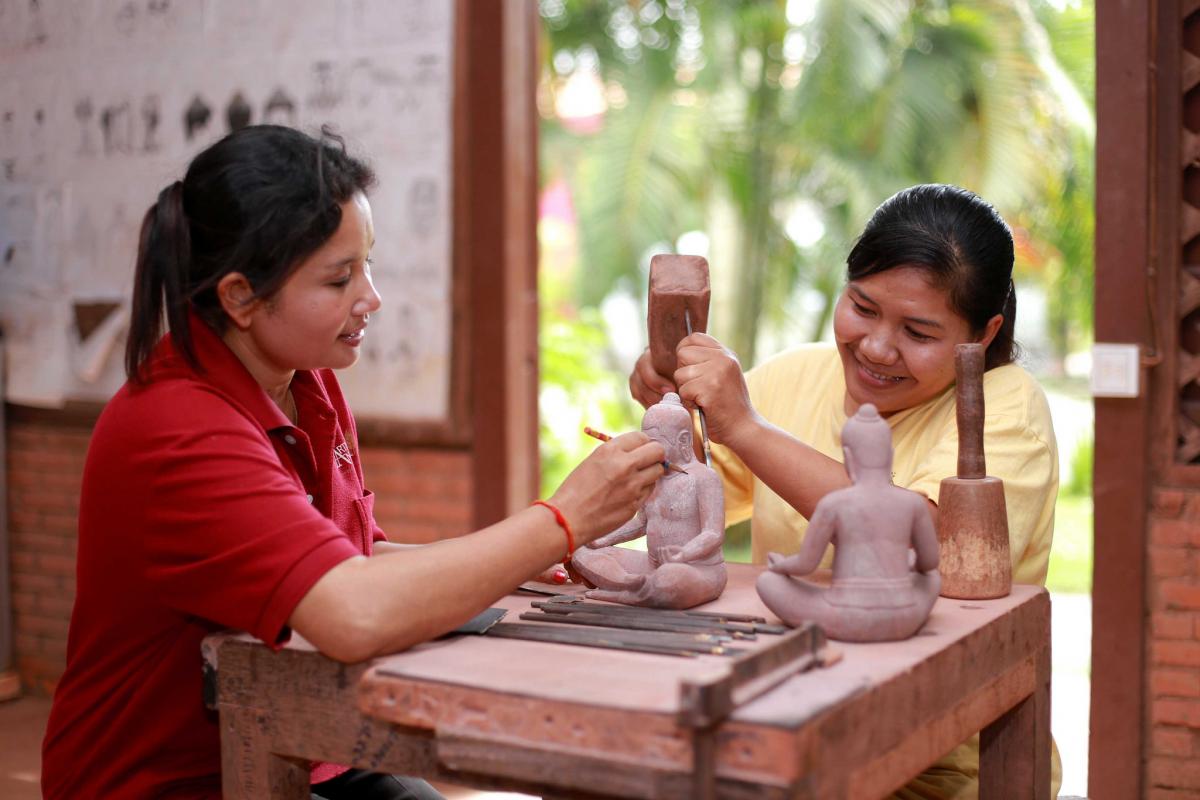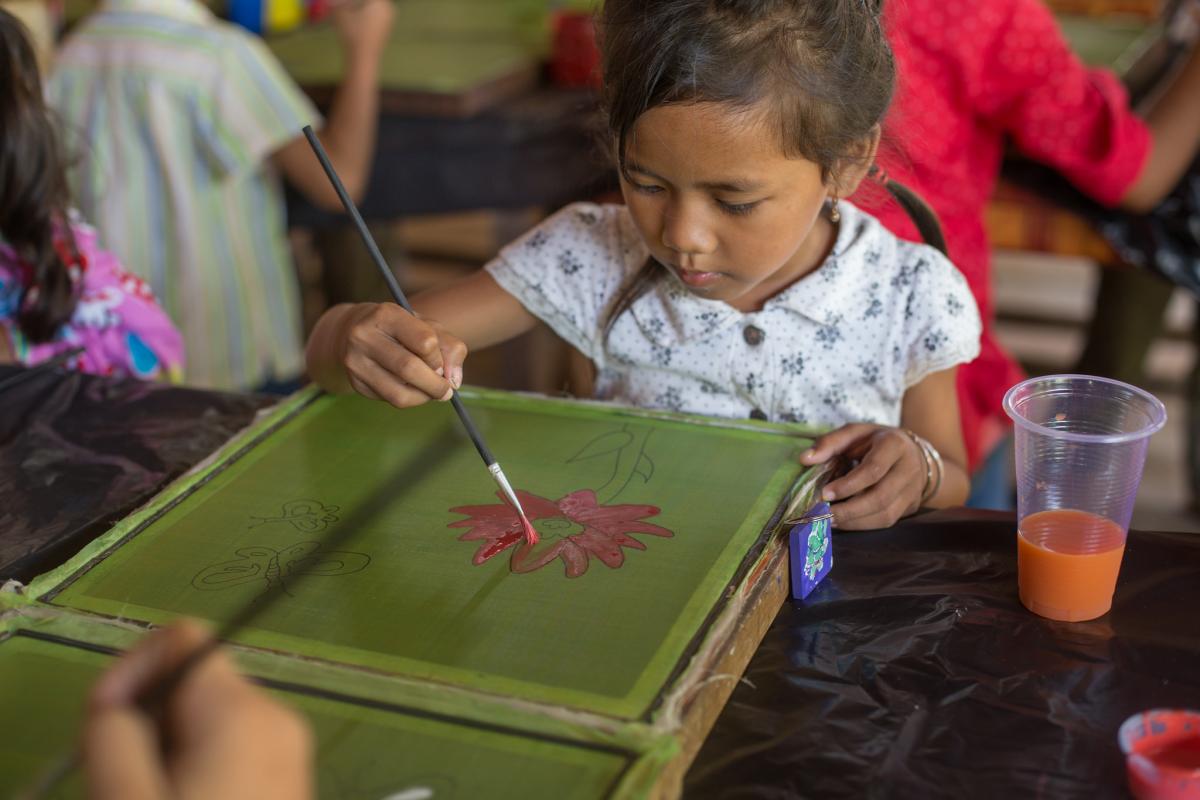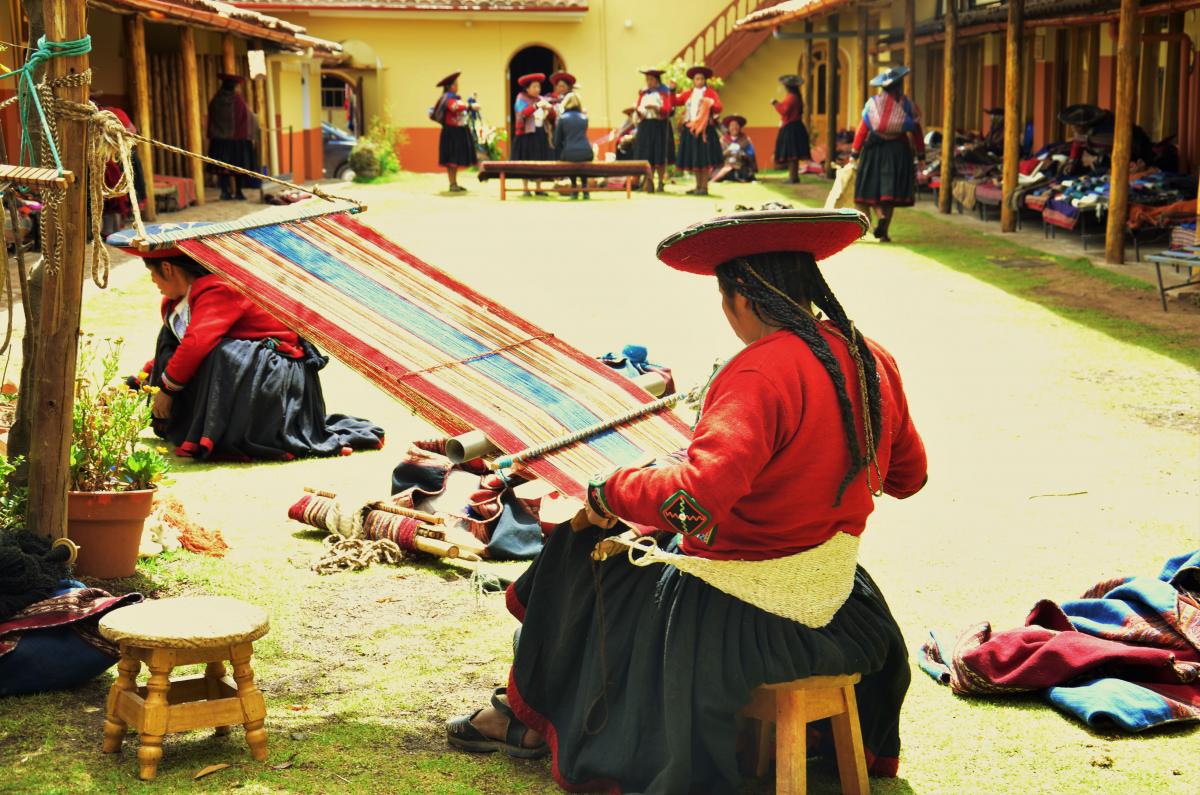East Africa is the beating heart of the world’s safari adventures. Here, untamed wilderness meets timeless traditions. This region, home to some of the planet’s most famous and revered national parks, promises more than just the thrill of wildlife watching—it offers a deeply immersive experience into the rhythms of nature, untouched by modernity. From the vast, open plains of the Serengeti to the lush, misty mountains of Uganda, East Africa’s landscapes are as diverse as the animals that roam them.
What truly makes East Africa the ultimate safari destination is its remarkable biodiversity. Here, you’ll find the “Big Five”—lion, elephant, buffalo, leopard, and rhinoceros—in their natural habitats, often just a few feet away. But beyond these famous icons, East Africa is teeming with cheetahs stalking prey in golden grasses, giraffes grazing on acacia trees, herds of elephants migrating across the savannas, and rare, colorful birds filling the skies. The sheer scale and variety of species make every safari an unpredictable adventure, with surprises waiting around every corner.
Beyond the wildlife, East Africa’s safari experience is deeply intertwined with local culture. The Maasai people, who have lived harmoniously alongside wildlife for centuries, offer a unique glimpse into an ancient way of life. Their vibrant traditions, clothing, and ceremonies enrich the safari experience, allowing visitors to understand the connection between humanity and nature in ways few other places can offer.
East Africa is not just a destination—it’s a revelation. It is a place where the grandeur of nature, the excitement of the safari, and the depth of human history converge, offering an experience that is both profoundly moving and wildly exhilarating.
Serengeti National Park, Tanzania
Serengeti National Park is the crown jewel of Tanzania’s safari circuit, and for good reason. Spanning over 14,750 square kilometres, this vast ecosystem offers some of the most iconic wildlife viewings in the world. But the Great Migration, one of the most awe-inspiring natural events on Earth, draws adventurers and wildlife enthusiasts from across the globe. Every year, over 1.5 million wildebeest, accompanied by hundreds of thousands of zebras and gazelles, embark on a perilous journey across the Serengeti’s plains in search of fresh pastures, following the ancient rhythms of life and death.
The sheer spectacle of the migration is breathtaking. Imagine endless herds stretching as far as the eye can see, moving across the golden savannas in unison. The drama intensifies when the herds reach the Grumeti and Mara Rivers, where they must brave crocodile-infested waters in a life-or-death struggle. For predators, such as lions, leopards, and cheetahs, the migration is a time of plenty, and safari-goers are often treated to thrilling hunts and interactions between predator and prey.
The park is home to the Big Five, and the large lion prides that dominate the Serengeti plains are world-famous. The Seronera Valley in central Serengeti is one of the best places to spot these majestic cats lounging in the grass or stalking their next meal. Though more elusive, Leopards are often seen in the treetops, while elephants roam the park in large, matriarch-led herds.
Best Time to Visit
The Serengeti offers year-round wildlife viewing, but timing is key to witnessing the Great Migration. Between June and October, the migration is at its most dramatic, with river crossings and intense predator activity. The calving season from January to March is another excellent time to visit, as thousands of newborn wildebeests and zebras attract predators, creating plenty of action.
Maasai Mara National Reserve, Kenya
The Maasai Mara National Reserve in Kenya is undoubtedly one of the world’s most famous and revered safari destinations. Renowned for its wide-open plains, dramatic landscapes, and high concentration of wildlife, the Maasai Mara offers some of the most spectacular game-viewing experiences on the planet. What truly sets the Mara apart, however, is its reputation as “Big Cat Country.” Lions, cheetahs, and leopards thrive here, providing safari-goers with unforgettable sightings and thrilling predator-prey interactions.
The Maasai Mara forms part of the greater Serengeti ecosystem, sharing its southern border with Tanzania’s Serengeti National Park. As such, it is an integral part of the Great Migration, where over a million wildebeest and hundreds of thousands of zebras and gazelles make their way from the Serengeti to the Mara every year, dramatically crossing the Mara River. These river crossings, typically between July and October, are among the most famous wildlife spectacles in the world, with crocodiles lurking in the waters and big cats waiting on the other side.
The reserve is a year-round destination where wildlife roams freely. The rolling grasslands are the perfect hunting grounds for lion prides, often seen lounging in the shade or stalking their prey. The Mara’s lions are particularly famous for their size and strength, and encountering a pride on the hunt is a heart-pounding experience that brings the drama of the African wilderness to life.
Cheetahs are also a highlight in the Mara. Their incredible speed and grace make them a favorite among safari-goers, and the open savannas provide ideal terrain for witnessing their lightning-fast chases. The elusive leopard, while more challenging to spot, can often be found resting in trees or prowling in the quieter areas of the reserve.
A visit to the Maasai Mara is incomplete without encountering the people. The Maasai are one of Kenya’s most iconic indigenous groups, known for their vibrant red shukas (clothing), intricate beadwork, and semi-nomadic lifestyle. Many safari lodges and camps offer cultural visits to Maasai villages, where travellers can learn about their age-old traditions, cattle-herding practices, and deep connection to the land and wildlife.
Best Time to Visit
The Maasai Mara is a year-round destination, but the best time for wildlife viewing is during the dry season from July to October. This is when the Great Migration is in full swing, and the grass is short, making it easier to spot animals. The period from December to February is also ideal for fewer crowds and excellent game viewing.
Bwindi Impenetrable Forest, Uganda
Bwindi Impenetrable Forest offers one of the planet’s most unique and profound wildlife experiences—mountain gorilla safaris. As a UNESCO World Heritage Site, this ancient rain forest is home to nearly half of the world’s critically endangered mountain gorillas, making it a top destination for travellers seeking a close encounter with these gentle giants in their natural habitat.
The forest itself is a marvel of biodiversity. Covering over 320 square kilometres of dense, impenetrable jungle, it is one of the most biologically diverse areas in the world, with over 120 species of mammals, 350 bird species, and a staggering array of butterflies and plants. However, the opportunity to track and spend time with mountain gorillas makes Bwindi a once-in-a-lifetime destination. The forest’s thick vegetation, steep ridges, and narrow valleys create an adventurous and challenging landscape that lives up to its name—Bwindi, meaning “impenetrable.”
Gorilla trekking in Bwindi is both a physical and emotional journey. After an early morning briefing, small groups of trekkers, led by experienced guides and trackers, set off into the forest to find one of the habituated gorilla families. The trek can range from a few hours to a full day, depending on the location of the gorillas, as these animals are constantly on the move. The hike is an adventure, traversing thick jungle, muddy paths, and steep inclines, but the reward at the end is unparalleled: coming face to face with a family of mountain gorillas.
Observing these magnificent creatures in their natural environment is a profoundly moving experience. Watching a silverback, the group’s dominant male, command his family with quiet authority or seeing young gorillas playfully tumbling in the underbrush offers a rare glimpse into their complex social dynamics. The close bond between the gorillas and the peacefulness of their forest home is a humbling reminder of the importance of conservation.
Bwindi’s gorilla trekking experience is tightly regulated to ensure minimal impact on the animals and their habitat. Only a limited number of trekking permits are issued daily, and groups are restricted to just one hour with the gorillas to minimize animal stress. These strict measures are part of the broader conservation efforts that have helped increase the mountain gorilla population in recent years, a true conservation success story.
Birdwatchers will find themselves in paradise, as the forest is home to several Albertine Rift endemic species, including the African green broadbill and the short-tailed warbler. While on a gorilla safari in Bwindi, visitors can also explore the local Batwa culture, one of the oldest indigenous groups in Africa. The Batwa pygmies lived as hunter-gatherers in Bwindi’s forest for centuries, and today, cultural visits allow travellers to learn about their traditional way of life, customs, and the challenges they face as modern conservation efforts reshape their relationship with the land.
Best Time to Visit
The best time for gorilla trekking in Bwindi is during the dry seasons, from June to August and December to February, when the forest is less muddy and the trekking paths are more manageable. However, Bwindi can be visited year-round, as the rainforest climate means there is always the chance of rain, even in the dry season.
Tarangire National Park, Tanzania
Tarangire National Park is often overshadowed by its famous neighbours, the Serengeti and Ngorongoro Crater. Still, those who visit this lesser-known gem in northern Tanzania are rewarded with an authentic and uncrowded safari experience. Spanning around 2,850 square kilometres, Tarangire is defined by its diverse landscape of acacia woodlands, baobab-studded plains, and riverine habitats, which provide a home to a wide variety of wildlife. However, the park’s immense elephant herds make it truly special—Tarangire boasts one of the highest concentrations of elephants in Tanzania.
From June to October, Tarangire transforms into an elephant sanctuary during the dry season. As water sources dwindle across the region, wildlife is drawn to the Tarangire River, the park’s lifeline, where large herds of elephants—sometimes numbering in the hundreds—can be seen drinking, bathing, and foraging. Observing these majestic creatures in such numbers is a breathtaking experience, especially when set against the dramatic backdrop of ancient baobab trees, which are iconic features of the park.
Beyond elephants, Tarangire is a haven for other wildlife. The park supports many species, including buffalo, giraffes, zebras, wildebeests, and a healthy population of big cats, such as lions, leopards, and cheetahs. Tarangire is also home to Tanzania’s largest African wild dog population, among the most endangered carnivores in Africa. It is a rare and thrilling encounter for those fortunate enough to spot these elusive animals.
Another unique aspect of Tarangire is its extraordinary birdlife. With over 550 species recorded, Tarangire offers some of the best birding opportunities in East Africa. During the wet season, migratory birds flock to the park, adding even more vibrancy to its rich avian diversity.
Unlike the more famous parks in Tanzania, Tarangire offers a more intimate and relaxed safari experience with fewer crowds and vehicles. It’s the perfect destination for those who want to immerse themselves in nature without the hustle and bustle of busier safari circuits. The park’s smaller camps and lodges also contribute to this sense of exclusivity, allowing for a more personalised and serene safari adventure.
Best Time to Visit
The dry season from June to October is the best time to visit Tarangire, as wildlife congregates around the Tarangire River, making it easier to spot large concentrations of animals, especially elephants. The wet season from November to May brings lush greenery and migratory birds, though wildlife disperses across the park, making animals slightly more challenging to find.
For those seeking a safari experience that combines breathtaking landscapes, extraordinary elephant encounters, and rich biodiversity, Tarangire National Park is a hidden treasure that should not be overlooked. It offers a quieter, more secluded side of Tanzania’s wildlife, making it a perfect destination for nature lovers and those looking for a more off-the-beaten-path adventure.
Murchison Falls National Park, Uganda
The popular Murchison Falls National Park, Uganda’s largest and oldest conservation area, is where the might of nature is on full display. Named after the dramatic Murchison Falls, where the Nile River forces its way through a narrow gorge and plunges 43 meters into a frothing pool below, this park offers visitors a combination of awe-inspiring landscapes and abundant wildlife. It is one of the most diverse safari destinations in East Africa, blending powerful natural forces with classic game-viewing opportunities.
The park’s centrepiece is the Nile River, which cuts through the savanna and creates unique ecosystems that sustain a wide range of wildlife. Boat cruises along the river are among the most popular ways to experience the park, offering a different perspective on the wildlife. As you drift along the Nile’s calm waters, you’ll see hippos bobbing in the water, crocodiles sunning themselves on the banks, and a host of birds, including African fish eagles, goliath herons, and kingfishers.
The park’s vast savannas, woodlands, and riverine forests are home to an impressive array of species, including elephants, buffaloes, giraffes, and lions. The open plains north of the river are particularly rich in wildlife, with large herds of Uganda kobs, hartbeests, and oribis grazing in the grasslands, often with predators like lions and leopards not far behind. Rothschild’s giraffes, one of the most endangered giraffe subspecies, are especially common here, offering safari-goers plentiful opportunities to observe these gentle giants up close.
In the southern part of the park, Budongo Forest offers guided chimpanzee tracking experiences. Visitors can walk through the dense tropical forest to observe these intelligent primates in their natural environment. Budongo is one of Uganda’s most important rainforests and is home to various other primates, including red-tailed and black-and-white colobus monkeys.
Another of the highlights of any visit to Murchison Falls is the opportunity to witness the raw power of the falls themselves. A short hike to the top of the falls offers a thrilling experience as you stand just a few meters from where the world’s longest river is squeezed through a gap only seven meters wide before it crashes down into the Devil’s Cauldron below. The thunderous roar and spray of the water create a dramatic and unforgettable atmosphere, with rainbows often dancing in the mist.
Best Time to Visit
The best time to visit Murchison Falls National Park is during the dry seasons from December to February and June to September when wildlife is more easily spotted as animals gather around water sources. Boat trips on the Nile are also more comfortable during this time. The park can be visited year-round, but the wet seasons (March to May and October to November) can make some dirt roads impassable.
Conclusion
An East African safari is a transformative journey through some of Earth’s most untouched and diverse landscapes. From the vast savannas teeming with wildlife to the misty mountains where endangered species thrive, East Africa offers an immersive experience that engages all the senses.
Each destination provides a unique flavor of adventure. Whether captivated by the sheer scale of animal migrations, enthralled by the power of natural wonders, or seeking intimate encounters with rare wildlife, the region delivers moments of awe and connection with nature that are difficult to find elsewhere.
Your safari adventure in East Africa promises to be unforgettable. You will leave with a deep appreciation for the majesty of the natural world and the importance of preserving these treasures for future generations.










